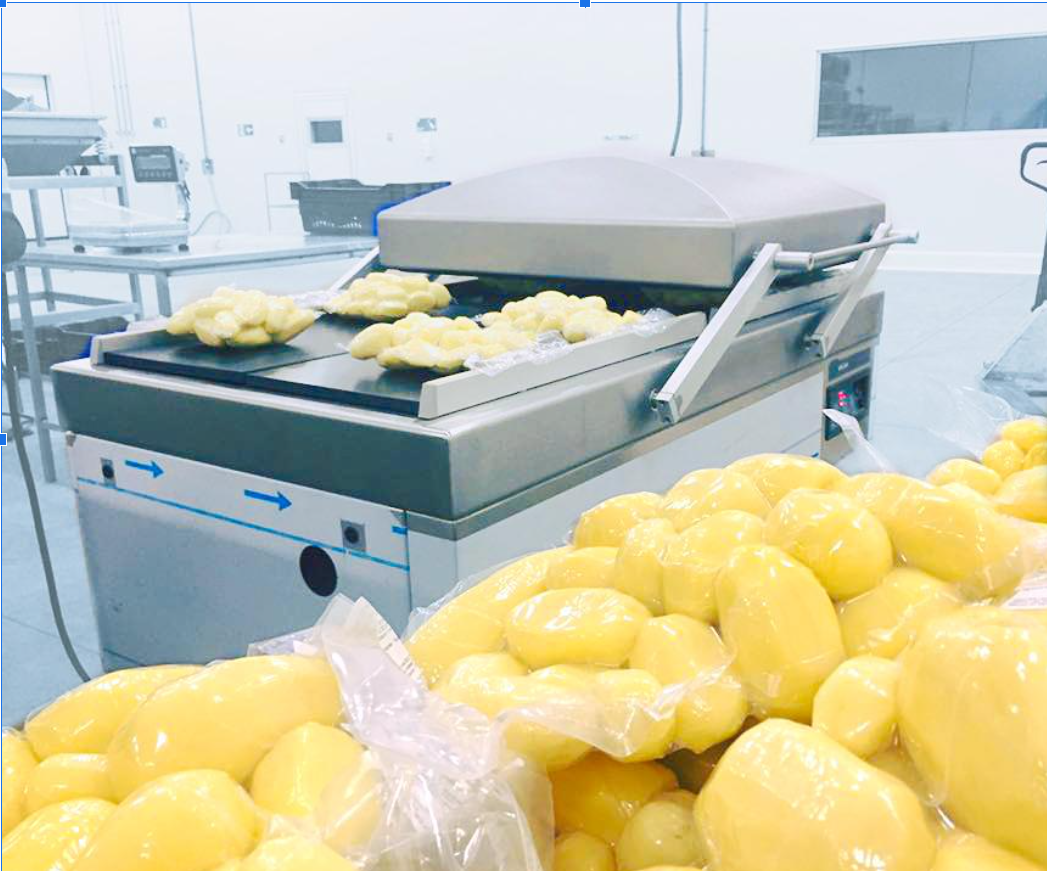A Comprehensive Look into the Future of the Foodservice Industry in 2024

The foodservice industry is constantly evolving, with new trends and changes reshaping the way food is prepared, served, and delivered. As we approach 2024, several key trends are expected to redefine the foodservice landscape. In this article, we delve into these trends, laying out what to anticipate in the foodservice industry.
1. The Rise of the Foodservice Industry
The foodservice industry has been growing at an impressive rate. The market is poised to grow by USD 985.78 billion during 2020-2024, progressing at a CAGR of almost 5%. Market fragmentation is predicted to accelerate during this period, with major market participants including Performance Food Group Co., Restaurant Brands International Inc., Sodexo Group, Starbucks Corp., and YUM! Brands Inc. The foodservice market is segmented into several categories, such as the
foodservice system (conventional, centralized, ready-prepared, assembly-serve), sector (commercial, non-commercial), and geographic segmentation(APAC, Europe, MEA, North America, South America). The demand for
mobile foodservice is also expected to offer immense growth opportunities.
2. The Increasing Importance of Delivery
Another trend that'ss significantly impacting the foodservice industry is the growing importance of delivery. The global food delivery market is becoming an increasingly larger part of the restaurant sector. Searches for food deliver have surged by 4,400% over the last decade, indicating the growing popularity of this service. The collective revenue of food delivery companies stood at $151.5 billion by the end of 2021, and it's expected to grow to $174.3 billion by the end of 2023.
Online food delivery service users rose from 1.17 billion in 2019 to 1.43 billion in 2020, and this figure is predicted to jump to 1.6 billion in 2021.
3. Emergence of Ghost Kitchens
The advent of ghost kitchens is another development driving growth in the foodservice market. These are cooking facilities set up solely for preparing food for delivery orders. There's no dine-in or customer-facing experience, and many ghost kitchens contract with multiple restaurants at a time. As online ordering becomes more common, ghost kitchens are becoming increasingly important. By 2020, there were an estimated 1,500 ghost kitchens in the U.S.
4. Growth of the Plant-Based Food Trend
Plant-based food continues to be among the key food trends in 2024. This trend is fueled by growing climate and environmental consciousness, especially among the younger generation. The rejection of mass meat production, which many no longer consider ethically acceptable, also strengthens this trend.
5. Impact of Cutting-edge Technology
The foodservice industry is also being revolutionized by cutting-edge technology. Precision fermentation, a technique that makes cheese with the help of yeast, offers great potential for more sustainable food production. Additionally, the production of cultured meat or cultured fish, meat and fish products cultivated from animal muscle and fat cells, is another exciting development.
6. Rise of Female Connoisseurs
The foodservice industry is also seeing a transformation with an increasing number of women making their mark. Not only are they more prevalent in top restaurants, they are also dominating the food blogging scene, founding innovative food start-ups, and making a name for themselves as bartenders and winemakers.
7. Emergence of Regenerative Food
Another rapidly growing trend is regenerative food, which promotes biodiversity and aims to minimize the impact of agriculture on climate change. This trend is now competing with the organic industry.
8. Increasing Focus on Reducing Food Waste
One trend that has been around for a while but is gaining renewed focus is the reduction of food waste. In Germany alone, more than a third of the food produced is still thrown away. Nowadays, start-ups, supermarkets, and restaurants are increasingly developing sustainable concepts for recycling food.
9. Labor Challenges in the Foodservice Industry
The foodservice industry also faces labor challenges, with labor costs typically making up the largest proportion of restaurant operation costs. Many businesses are hoping to cut costs by automating some tasks. The global food automation market is predicted to grow at an annual rate of 9.5% over the next five years.
In conclusion, the foodservice industry is set for significant changes, driven by trends such as the rise of delivery services, the emergence of ghost kitchens, the growth of plant-based food, and the impact of cutting-edge technology.
These trends, along with an increased focus on reducing food waste and the challenges of labor in the industry, will shape the future of the foodservice industry in 2024.




